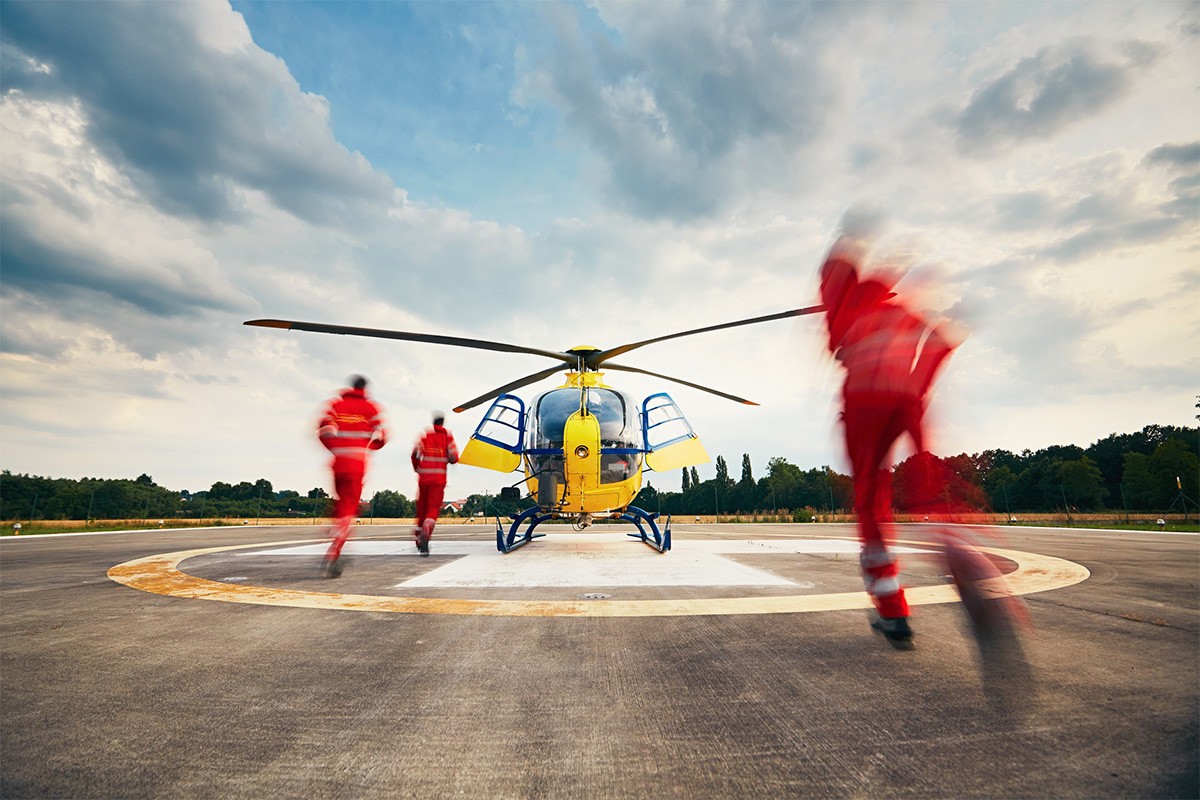The following article was originally published on ColumbiaSouthern.edu and written by retired fire chief Gary E. Seidel.
Crew resource management helps teams overcome communication issues, poor decision-making, inadequate or undefined leadership, poor resource management and many other challenges. The goal for CRM is to empower a team to effectively use all of its available resources and skills to achieve its goals. Why is it important for emergency medical services administrators to effectively use crew resource management practices with their teams?
Here are some of the most important reasons why EMS teams need to use crew resource management concepts to provide safe and effective patient care:
Building Culture
In an effort to instill CRM concepts within an organization, the first step is mission planning. Taking the necessary steps to plan appropriately and thoroughly will build culture and ensure all members of a team are on the same page regarding their procedures.
Maximizing Situational Awareness
Emergency responders have been taught to recognize their environment and evaluate high-risk situations. This is accomplished by recognizing when conditions change and determining whether to accept the risk or not. This also includes recognizing your own limitations, equipment limitations and even resource limitations. Maximizing situational awareness means you are trained, constantly aware, have evaluated the risks and calculated whether it is a go or no-go situation.
Enhancing Communications
Clear communication is critical. Employees need to be able to express their concerns as they see them, along with their solutions to an issue. Managers also need to allow buy-in from all parties. Developing your employees enhances their personal knowledge and ultimately provides awareness to the entire team, ensuring optimal operations during an emergency. In enhanced communications, all voices are equal; no one has more power than any other. Therefore, if one person voices concern on a mission, the decision could shift from a go to a no-go situation.
Improving Teamwork
One of the most effective ways to develop teamwork is to focus a training program on organizational principles and protocols, as well as standardizing operating procedures. Employees should be taught to interact in ways that foster a team environment, practicing teamwork in simulations so the training becomes instilled into their patient care response. This must be included in all area of EMS training, including BLS, ALS, PALS and other courses.
Strengthening Decision Making
Strong decision making begins with good situational awareness and the ability to maintain continued evaluation of a situation. Team members should stay focused on what needs to be corrected, what the consequences and possible actions are, what resources are needed, and how the resources are best utilized. Then responders can make informed decisions and communicate them to all parties on the emergency scene and evaluate the final decision.
Minimizing Errors
Utilizing CRM concepts — maximizing situational awareness, enhancing communications, improving teamwork and strengthening decision-making skills — will minimize errors. It is impossible to eliminate errors, but when working as a team, using your skills and resources safely and effectively will contribute to minimizing risk.
Conclusion
Chesley B. “Sully” Sullenberger III, best known for piloting the US Airways flight in 2009 that famously landed in the Hudson River after a bird strike and engine failure, is also a CRM expert in the aviation industry. He described how CRM helped his crew make good decisions an interview with EMS World:
“It also helps us to set clear priorities in unfamiliar terrain, things we never specially trained for. That’s literally what we did: We forced calm on ourselves, that kind of practiced, professional calm in this situation, because I could feel my blood pressure and pulse shoot up, and I got tunnel vision because of the sudden stress. Especially after almost 30 years of routine airline flying, where we try so hard to never be surprised by anything. Then we were suddenly confronted by this challenge of a lifetime. We had 208 seconds to solve something we’d never done before and get it right the first time. It wasn’t actually calm, it was having the discipline to compartmentalize and focus on the task at hand despite all the stress.”
CRM has many applications in emergency medical services. One example is the use of helicopters for transporting patients. Air medical in EMS requires and incorporates a team that must work in unison to both safely operate helicopters and provide state-of-the-art medical service to patients. EMS professionals embody the spirit of the first responder, and using CRM concepts allows them to accomplish their mission.
Interested in learning more about EMS? Learn more about Columbia Southern University’s degree programs in emergency medical services.



